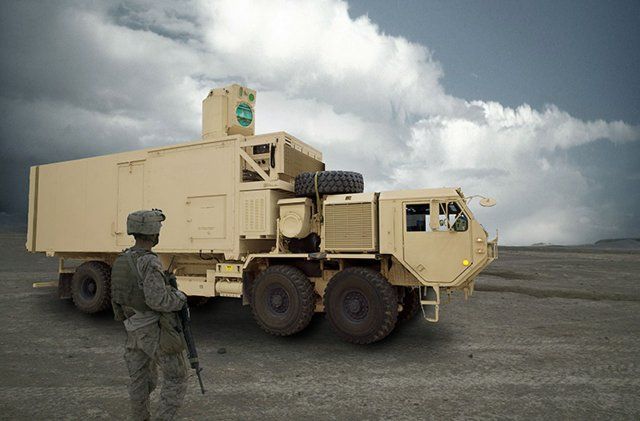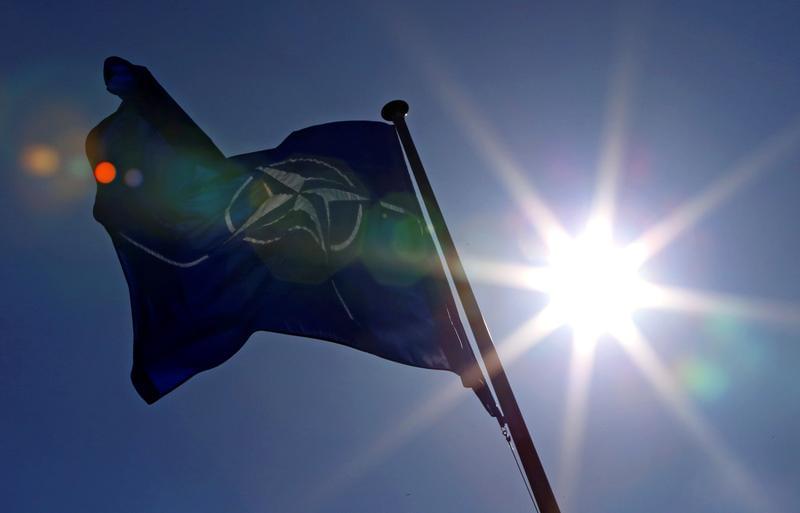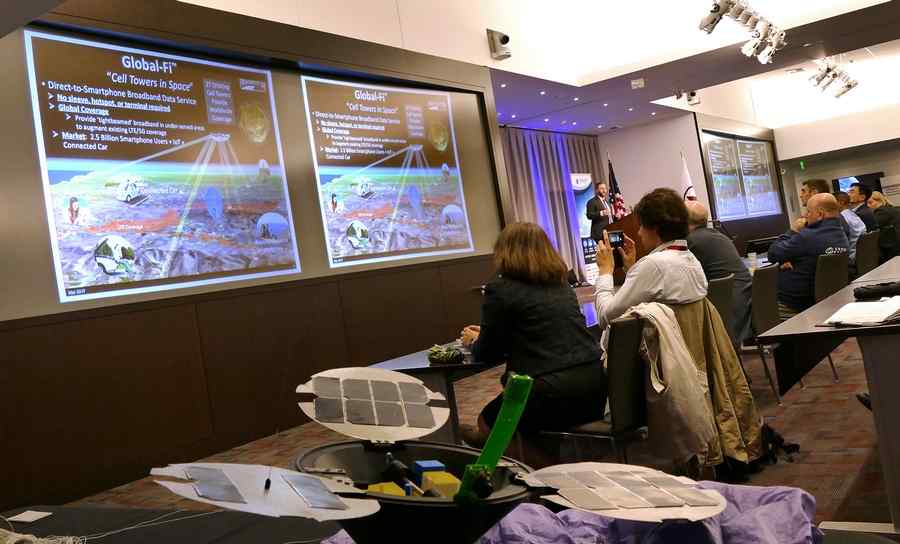Excellent idea! but we need to point the weapons away from earth to shoot down Asteroids / bad aliens and form The Earth Defense Directorate. (The Earth Defense Directorate is the ficticious unified military command of the planet Earth in the 25th century. (Buck Rogers) It encompasses both ground forces (who wear white uniforms and use traditional army ranks, such as Major and Colonel) and a naval force which operates Earth’s starships (such as the Searcher) and whose officers and crew wear blue uniforms and have naval ranks.)
The U.S. military is preparing for IRL Star Wars.






